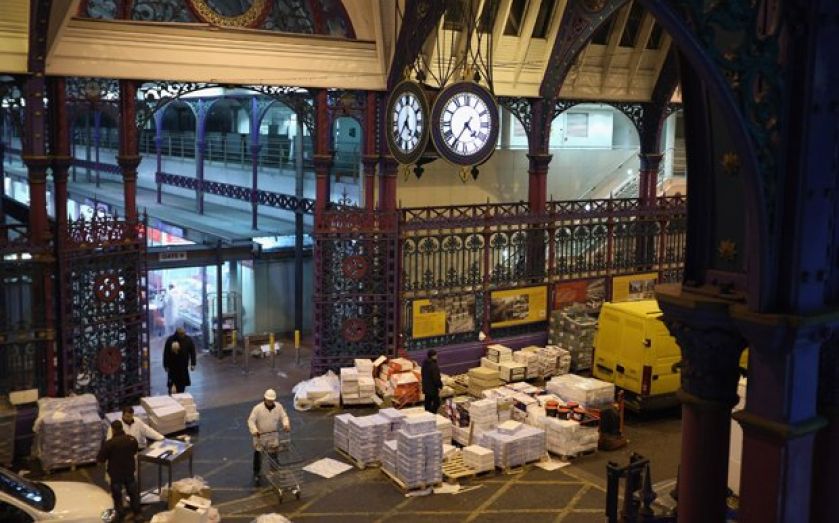Smithfield has been saved from destruction – now we must rescue it from neglect

Eric Pickles’s rejection of the redevelopment plans for Smithfield Market will have been as surprising and unwelcome to the City of London as Germany’s stunning World Cup defeat of the home team was to Brazil on the same day. But for both, the events of last week could turn out to be a blessing in disguise.
Smithfield is “an essential part of the city’s character, contributing significantly to the cultural identity of London”, as the official report on the public inquiry stated. And the Western Market buildings are an integral part of the complex.
The City (freeholder of Smithfield Market as well as the planning authority) has allowed the Western Market buildings to become largely empty and increasingly derelict over the last 30 years. One of the inspector’s findings was that there had been “deliberate neglect” of the buildings, a stunning rebuke of the City’s stewardship of its own conservation area. The reason is clear; the City wanted new office buildings, not historic market buildings, on the site.
Given that Pickles’s objections to the scheme were “broad-based”, and that he found proposals to demolish part of the Western Market to be “wholly unacceptable”, it is surely time for lessee TIAA Henderson and the City to go back to the drawing board. It has now been established at two public inquiries that the Western Market buildings, including the market halls, are of great importance to the Smithfield area and should be retained. This is not compatible with large-scale office development on the site.
So what next? Allowing the buildings to rot for years cannot be an option. In the planning inspector’s words, no “responsible owner/lessee would leave such environmentally and culturally valuable buildings to deteriorate without finding a beneficial use for them”.
There is an alternative. The Victorian Society and SAVE Britain’s Heritage, together with Urban Space Management, have drawn up proposals that would repair the existing buildings and bring them back into use as retail and retail market space. After testing at the public inquiry, the conclusion was that such a scheme would be “viable, fundable and deliverable”. It could happen quickly providing that the site is under the control of a willing organisation. TIAA Henderson will doubtless be carefully considering its options. If it is not interested in such a scheme, it should put the buildings on the market.
Writing in City A.M. yesterday, the City of London Corporation’s Mark Boleat rightly stated that the need to accommodate London’s growing businesses is of vital importance. But even now there are many sites in central London that could accommodate more office space. There is only one Smithfield Market, with its unique heritage and potential to act as the heart of the Farringdon area. Nowhere else has been identified that can offer substantial new retail space as well as a major new cultural destination within the City.
Smithfield’s Western Market buildings could be a huge asset for the City if only it had the imagination to see their potential as so much more than a relatively small contributor to the office site pipeline. Without the success of Borough Market, would we ever have got the Shard?